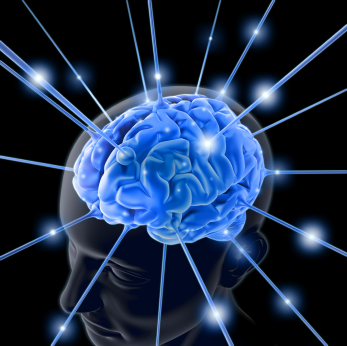
After Karen Williams lecture about the brain and how it continues to develop into the greater adolescent years and how little things such as the food you eat, the sleep you get, and what you drink can cause lifetime amounts of damage on your brain and your development and overall learning.
The lecture focused on a study done by the National Institutes of Health (click here for the NIH website) on brains from the age of 5-20 years old for 15-years. The overall conclusion done by their intensive research is that it usually takes the brain about 25 years to mature and build the basics that is needed for overall learning and decision making into adulthood. The most important functions and the overall decision skills develop last in the brain during the late teens and early 20s.
The last part of the brain to develop is the pre-frontal cortex (PFC). This part of the brain is the most at risk. The growth and development of the PFC is dependent on the Hippocampus and any damage done to this part of the brain can lead to overall development delays and can change the ways in which the brain develops causing defects in learning ability. Drinking alcohol at a young age can damage the Hippocampus in the brain by turning it off for awhile and even shrinking the overall size, thus leading to developmental problems. Teenagers recover a lot slower than adults do when drinking, thus the Hippocampus is not working for a longer amount of time, lessening the ability to learn and grow during this time.
With alcohol involved during the time in which students are developing the PFC, it will not develop to the amount the children need. Without alcohol involved the PFC will develop as normal and the child will begin to be able to make more decisions and know what is right from wrong.


